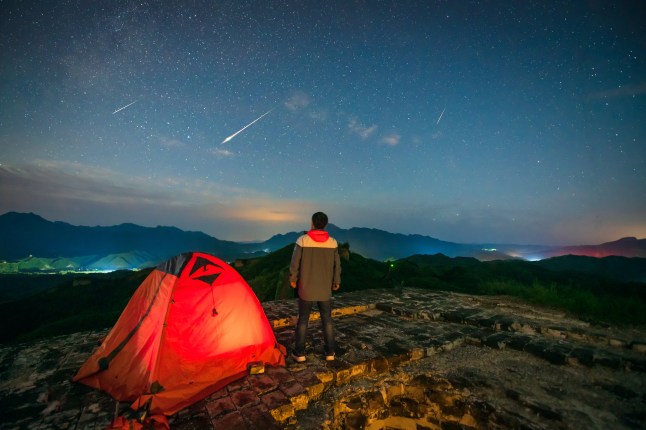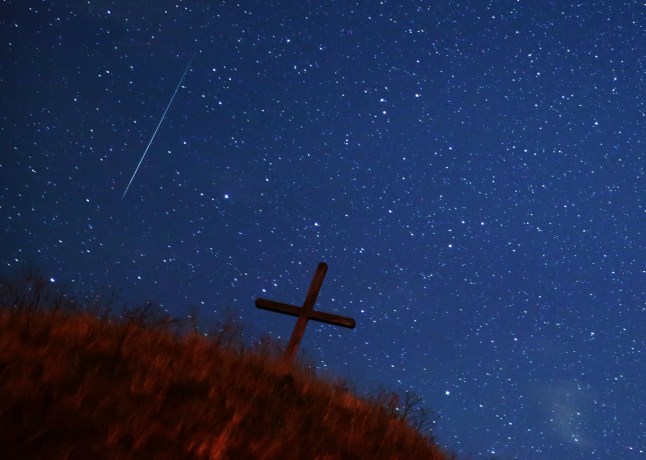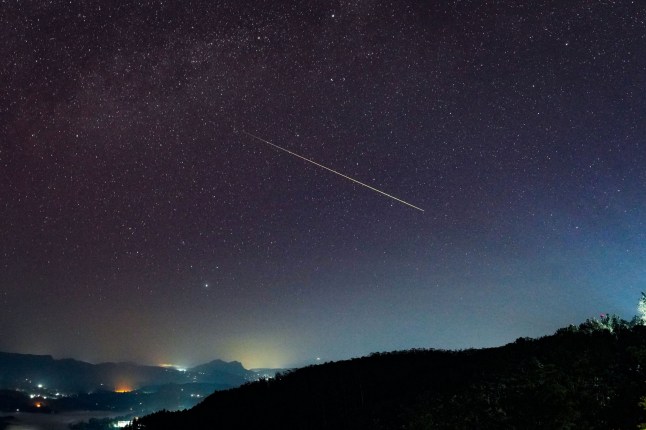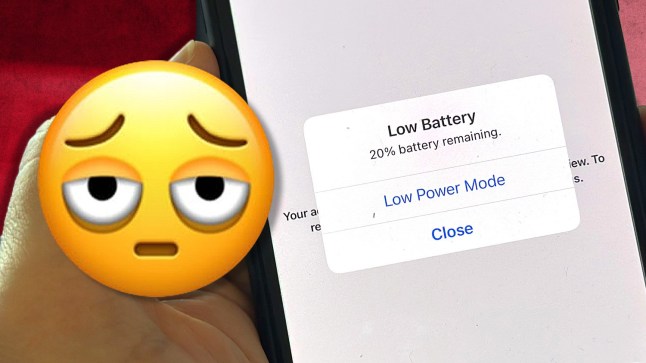
Stuck on our silly little planet in the abyss of space, there’s only so much of the universe’s wonders we can actually see.
But today, the Earth will get a front row seat to something pretty wonderful – a meteor shower, nature’s firework display.
The Perseid (Per-see-id) meteor shower is one of the strongest meteor showers each year, with as many as 150 colourful shooting stars an hour.
It has been active since July 17 and will last until August 24, but its peak, when activity is the greatest, is from tonight to before dawn tomorrow.
What causes it?
Space is full of near-endless rubbish: dirt, dust and ice. Sometimes, all this ice gets clumped into one big dirty snowball called a comet.
After gravity slings them into our Solar System, they leave behind trails of ice and rock that linger in space for years.

Eventually, as the Earth does laps around the Sun, we drift into these particles, which enter the atmosphere at such a speed that they burn up and become shooting stars.
This can last for days and even weeks, with the peak being when our planet passes through the densest part of this cosmic debris.
Perseid’s bright fireballs come from the muck left behind by the Comet Swift-Tuttle.
From our point of view, the meteor shower will come from Perseus, a constellation in the north-eastern sky.
When is the best time to see the Perseid meteor shower in the UK?
The best time to see the Perseids is between 12am and 5.30am.

The second the Sun sets, the Perseids will be visible, according to the Royal Museums Greenwich.
How to watch the Perseid meteor shower in the UK
While you might assume you need telescopes and binoculars, you only need your eyes to see the hundreds of colourful streaks.
This expensive kit can obscure your vision, making just looking up the best option.
Find somewhere as dark as possible, with a clear horizon, and give your eyes 30 minutes to adjust to the darkness, so maybe dig out a deckchair.
How many meteors you’ll be able to see, however, depends a lot on where in the UK you live.
The shower will be visible everywhere in the UK, like most of the northern hemisphere.

Light pollution, however, can make seeing stars, let alone of the shooting kind, next to impossible. Planetariums, astronomy clubs, or even maps like this one can help you find the darkest spots near you.
The Moon could make things tricky, however. While the Full Moon was last week, our lunar neighbour will still be big and bright in the sky.
According to timeanddate, the Moon also won’t set until about 9/10am, so the lights from the meteor shower will be competing with the Moon.
Tools like this one from the Global Meteor Network show how many meteors per hour will be visible.
Get in touch with our news team by emailing us at webnews@metro.co.uk.
For more stories like this, check our news page.


